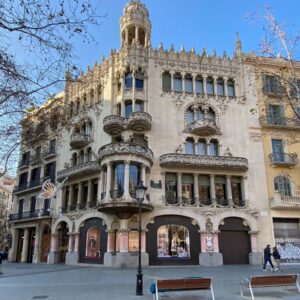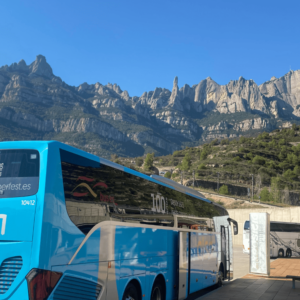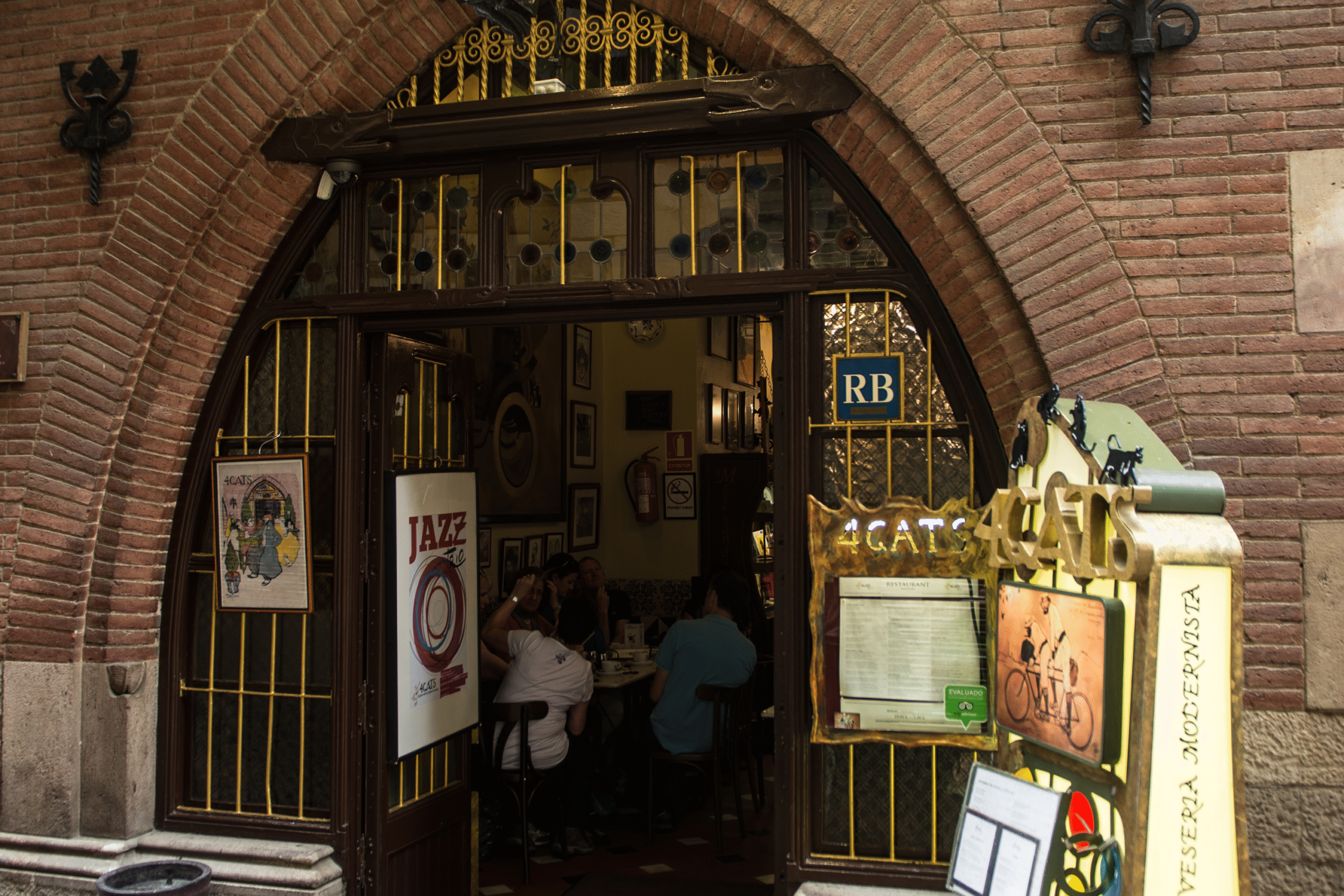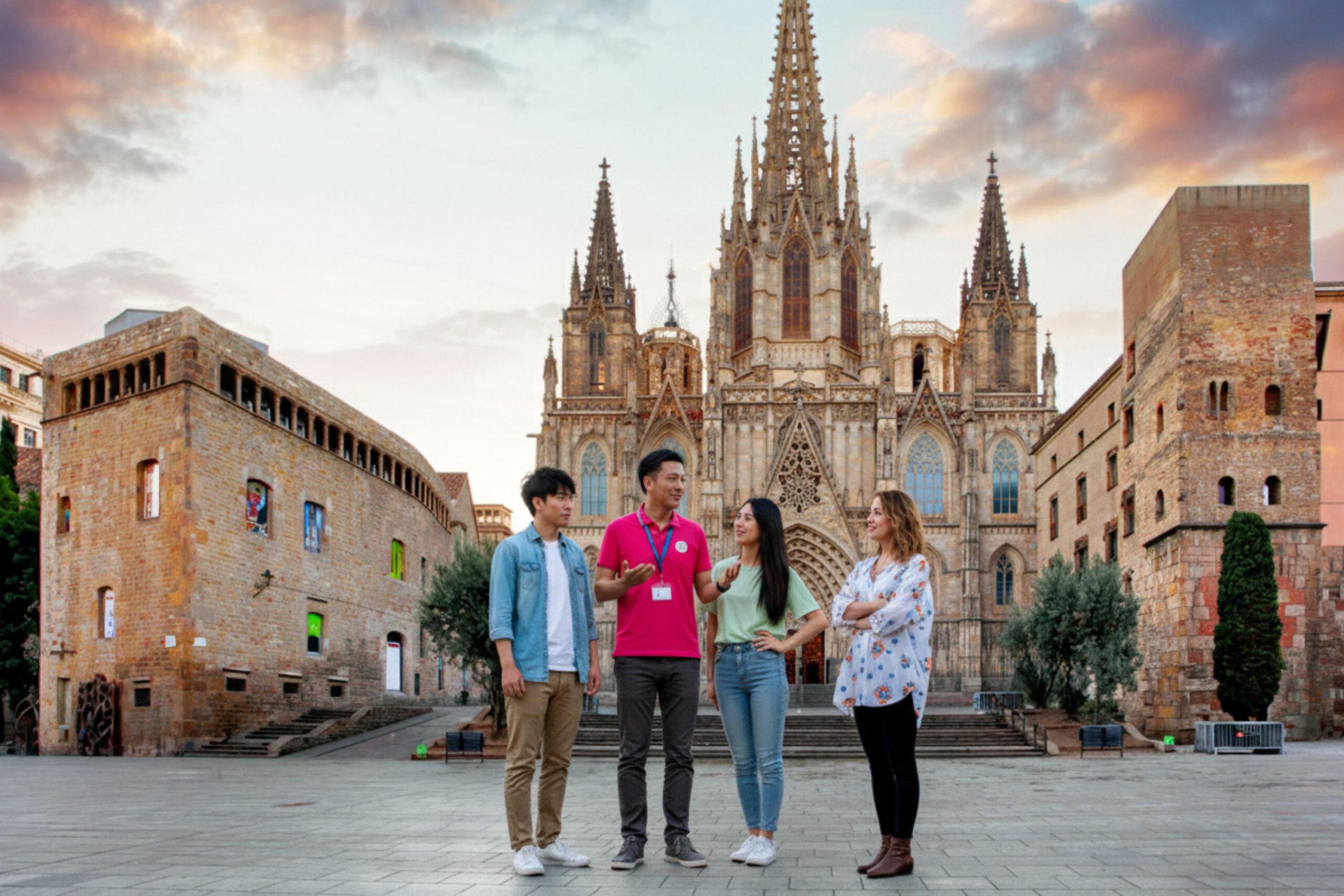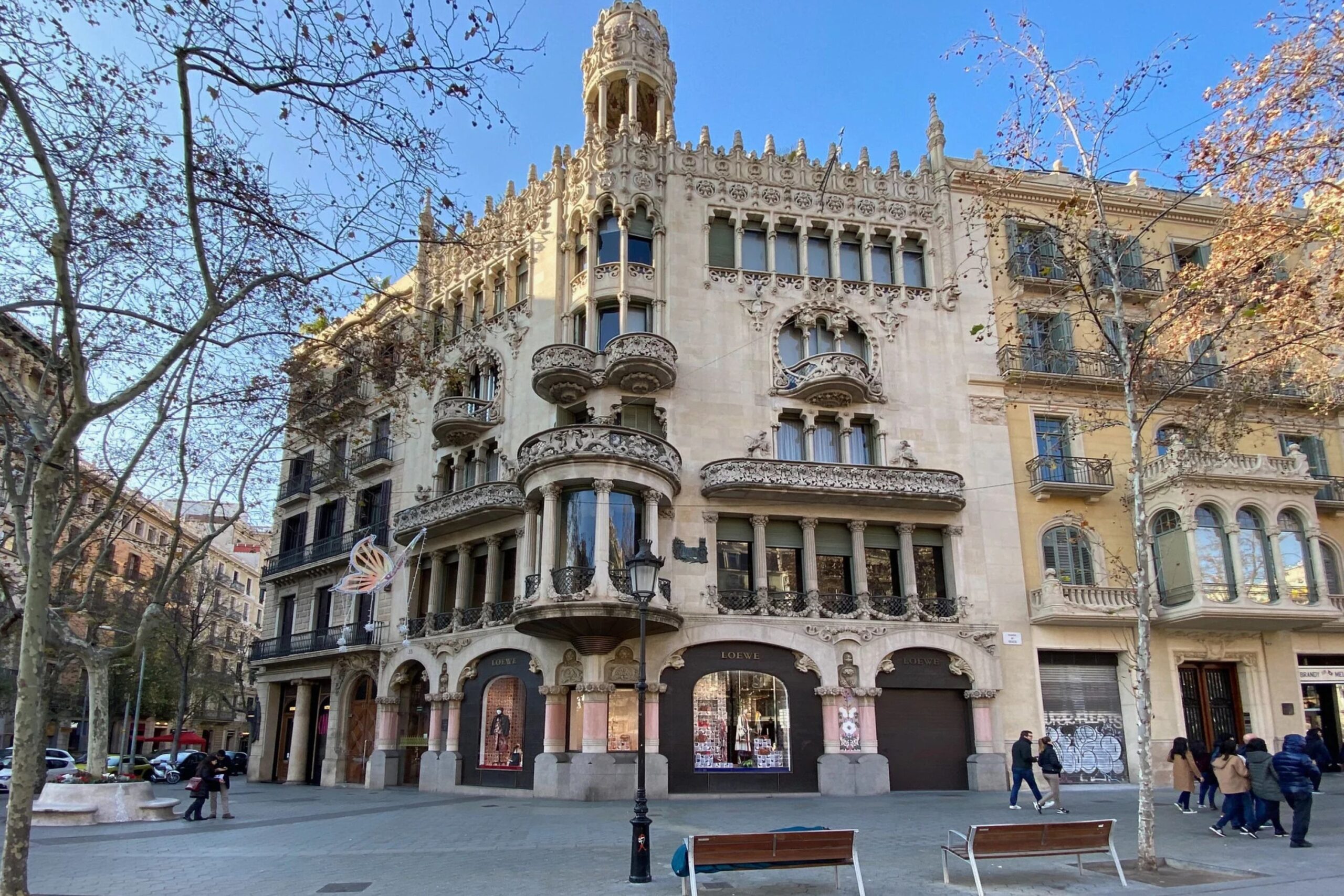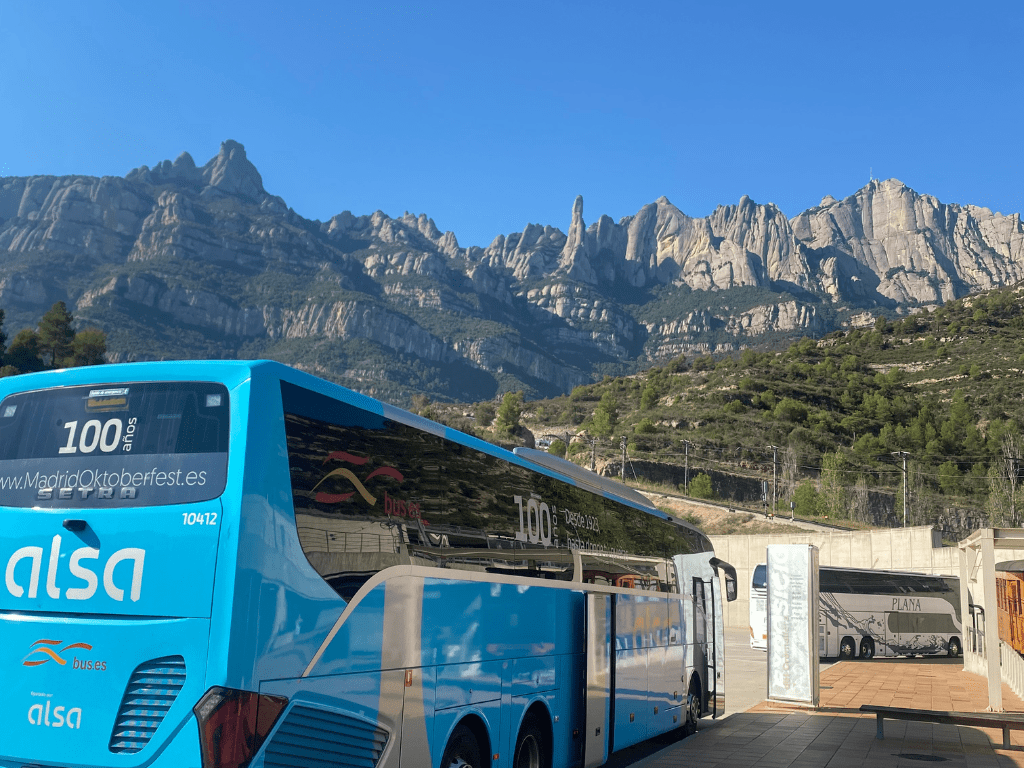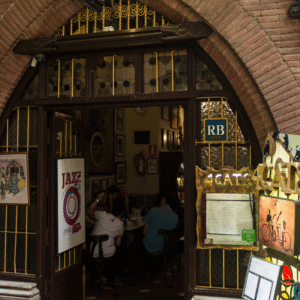
Barcelona for Gaudí Lovers: The Complete Guide to the Master’s City
Barcelona breathes Gaudí. The Catalan capital houses more works by Antoni Gaudí than any other city in the world, making it the ultimate destination for architecture enthusiasts and curious travelers alike. From the towering spires of the Sagrada Família to the whimsical curves of Casa Batlló, Gaudí’s architectural legacy transforms Barcelona’s streets into an open-air museum of modernist wonder.
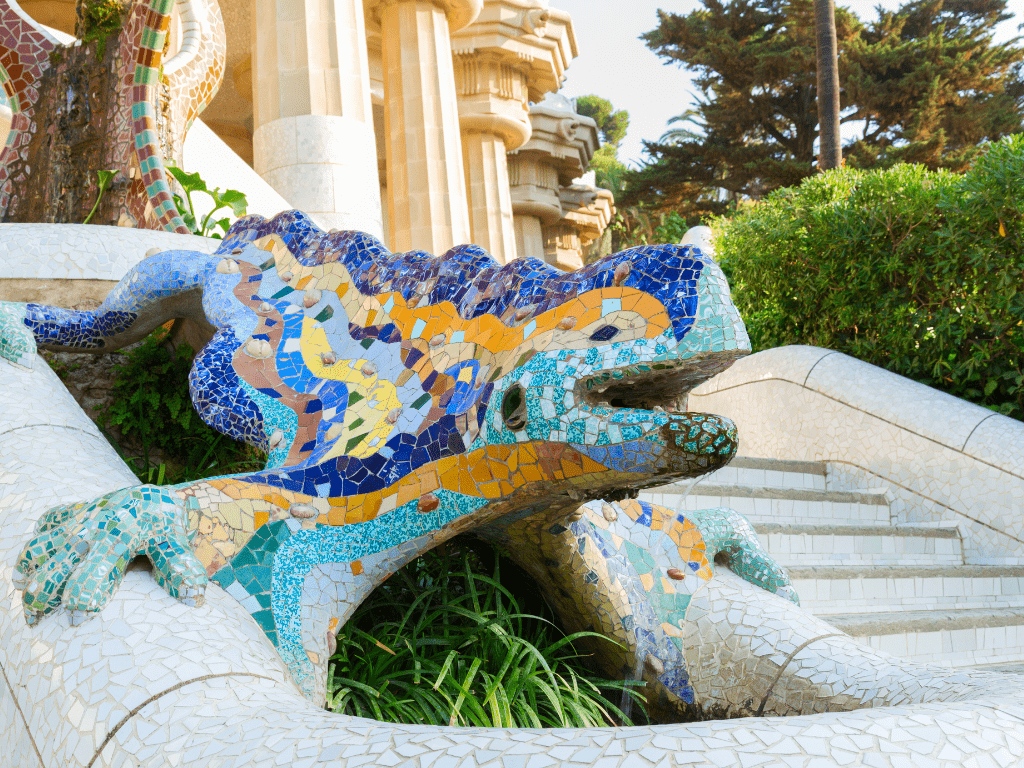
What sets Barcelona apart isn’t just the quantity of Gaudí’s work—it’s the diversity. Here, you can trace the evolution of his artistic vision from early projects to his final masterpiece. Each building tells a different chapter of his story, revealing how nature, faith, and Catalan identity shaped one of history’s most revolutionary architects.
Whether you’re planning your first encounter with Gaudí’s genius or returning to discover hidden details you missed before, this guide will help you experience Barcelona through the eyes of its most celebrated son. We’ll show you not just what to see, but how to see it, when to visit, and how to navigate between sites like a local.
Who Was Antoni Gaudí?
Antoni Gaudí i Cornet (1852-1926) revolutionized architecture by refusing to follow conventional rules. Born in Reus, Catalonia, he spent most of his career in Barcelona, where his distinctive style would forever change the city’s skyline.
Gaudí’s genius lay in his ability to merge nature with spirituality. He studied organic forms—shells, trees, human bones—and translated their mathematical principles into architectural elements. His buildings seem to grow from the earth rather than being imposed upon it. Curved lines replaced straight ones, and traditional geometric patterns gave way to forms inspired by the natural world.
What many don’t realize is that Gaudí was also deeply religious. His later works, especially the Sagrada Família, reflect his spiritual journey and his belief that architecture should glorify God. He lived simply, often working without payment, and devoted the final years of his life entirely to completing his sacred masterpiece. When he died tragically in a tram accident in 1926, all of Barcelona mourned the loss of their visionary architect.
Must-Visit Gaudí Sites in Barcelona
Sagrada Família
The Sagrada Família stands as Gaudí’s most ambitious project and Barcelona’s most visited monument. This towering basilica has been under construction for over 140 years and won’t be completed until around 2026—exactly a century after Gaudí’s death.
What makes the Sagrada Família extraordinary isn’t just its scale, but its intricate symbolism. Each facade tells a different part of Christ’s story, while the interior resembles a stone forest with columns that branch like trees toward a canopy of vaulted ceilings. Light filters through stained glass windows in blues, greens, and golds, creating an almost mystical atmosphere inside.
The construction continues today using Gaudí’s original plans and modern technology. Visitors can explore not only the basilica itself but also climb the towers for panoramic views of Barcelona.
Casa Batlló
Casa Batlló represents Gaudí at his most playful and imaginative. This residential building on Passeig de Gràcia looks like something from a fairy tale, with its undulating facade, colorful mosaic tiles, and bone-like balconies.
The building’s nickname, “House of Bones,” becomes clear when you see its organic forms and skeletal-looking columns. But Gaudí’s inspiration went deeper than mere decoration. Every element serves a functional purpose—the chimney design prevents backdraft, the light wells distribute natural light evenly, and the rooftop’s dragon-like spine provides both beauty and protection from the elements.
Recent restoration work has revealed the original appearance of the rear facade, offering visitors a chance to see Gaudí’s complete vision as he intended it. The immersive experience includes augmented reality elements that help visitors understand the architect’s innovative techniques.
Casa Milà (La Pedrera)
Casa Milà, known locally as “La Pedrera” (The Stone Quarry), showcases Gaudí’s mature architectural style. This residential building features an undulating stone facade that seems to ripple like water, completely free of straight lines.
The building’s most famous feature is its surreal rooftop, where chimneys and ventilation shafts take on the appearance of medieval knights or abstract sculptures. The innovative design includes natural ventilation systems and flexible interior spaces created by a revolutionary structural system that eliminated the need for load-bearing walls.
Today, Casa Milà houses exhibitions about Gaudí’s work and life, along with recreated period apartments that show how Barcelona’s bourgeoisie lived during the early 20th century. The rooftop offers some of the city’s best views and hosts evening events during summer months.
Park Güell
Originally conceived as a garden city for Barcelona’s elite, Park Güell became one of Gaudí’s most beloved public spaces. This hillside park combines architectural elements with landscaped gardens, creating a unique environment where art and nature coexist.
The park’s most iconic feature is the serpentine bench covered in colorful mosaic tiles, created using the “trencadís” technique of broken ceramic pieces. The bench follows the natural contours of the hillside while providing seating that faces both inward for conversation and outward for views over Barcelona.
The park’s entrance features two fairy-tale houses that look like something from a children’s storybook, complete with whimsical towers and organic forms. The central square, supported by a forest of columns below, was designed to collect rainwater for the park’s irrigation system—a early example of sustainable design.
Palau Güell
Palau Güell represents one of Gaudí’s early masterpieces and his first major commission from his patron, Eusebi Güell. This palace demonstrates how Gaudí could work within the constraints of a narrow urban lot while still creating something revolutionary.
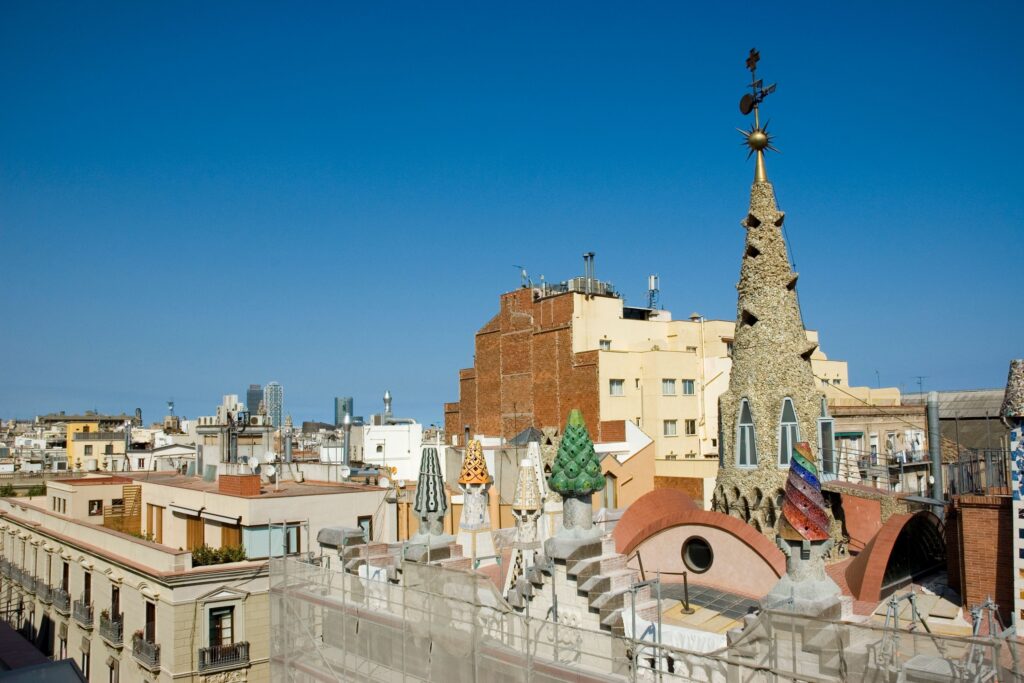
The building’s facade features parabolic arches that would become a Gaudí trademark, while the interior centers around a dramatic central hall that rises six stories to a dome punctured with small holes that create a starry sky effect. The rooftop showcases Gaudí’s innovative approach to functional elements, turning chimneys and ventilation shafts into sculptural works of art.
What makes Palau Güell particularly interesting is how it shows Gaudí’s early experimentation with many techniques he would perfect in later works. The building served as a laboratory for ideas that would later flourish in projects like Casa Batlló and Casa Milà.
Casa Vicens
Casa Vicens holds the distinction of being Gaudí’s first major work, completed in 1885. This colorful building showcases the architect’s early fascination with orientalist influences, particularly Moorish and Mudéjar architectural styles.

The building’s facade features bright ceramic tiles in floral and geometric patterns, along with decorative ironwork that incorporates fan palm leaves—a nod to the palm trees that once grew on the property. These natural motifs demonstrate Gaudí’s lifelong practice of drawing inspiration from his immediate environment.
Recently opened to the public after extensive restoration, Casa Vicens offers visitors the chance to see where Gaudí’s genius began. The interior preserves original decorative elements while housing exhibitions about the building’s history and Gaudí’s early career.
The Ultimate Gaudí Walking Trail
Barcelona’s compact city center makes it possible to visit multiple Gaudí sites on foot, creating a walking trail that reveals how the architect’s work evolved over time. The most efficient route begins in the Eixample district, where three of his most famous houses sit within walking distance of each other.
Start at Casa Vicens in the Gràcia neighborhood, then walk down to Park Güell for morning views when the light is optimal for photography. From there, take public transport to Passeig de Gràcia to see Casa Batlló and Casa Milà, which are only a few blocks apart. End your day at the Sagrada Família, where the late afternoon sun illuminates the Nativity Facade beautifully.
This route covers approximately 6 kilometers if walked entirely on foot, though most visitors will want to use Barcelona’s excellent public transport system for longer distances. The entire journey can be completed in one full day, though architecture enthusiasts may prefer to spread it over two days to allow more time at each site.
For the best experience, start early to avoid crowds, especially at popular sites like Park Güell and the Sagrada Família. Book skip-the-line tickets in advance through TecTickets to maximize your time exploring rather than waiting in queues.
Gaudí Architecture Off the Beaten Path
Beyond the famous sites, Barcelona contains several lesser-known Gaudí works that offer quieter alternatives to the crowded tourist attractions. Torre Bellesguard, built on the site of a medieval castle, combines Gothic revival elements with Gaudí’s signature organic forms. Its hilltop location provides excellent views over Barcelona while its interior showcases innovative structural solutions.
The Colònia Güell, located about 20 kilometers outside Barcelona, features Gaudí’s experimental church crypt. This project served as a testing ground for many techniques later used in the Sagrada Família, including the innovative use of inclined columns and complex vaulting systems.
Within the city, keep an eye out for smaller works like the lampposts in Plaça Reial or the Casa Calvet, Gaudí’s most conventional building, which shows his ability to work within traditional architectural frameworks while still adding distinctive touches.
These sites receive fewer visitors, allowing for a more intimate experience with Gaudí’s work. They also provide insight into the full range of his architectural output, from experimental projects to more commercially minded commissions.
Where to Eat and Shop with Gaudí Vibes
Barcelona’s modernist heritage extends beyond architecture into its cafes, restaurants, and shops. Many establishments occupy modernist buildings or have adopted design elements inspired by Gaudí and his contemporaries.
Casa Amatller, located next to Casa Batlló, houses a chocolate museum and shop where you can taste artisanal chocolates while admiring the building’s Neo-Gothic facade. The nearby Café Torino has preserved its early 20th-century interior, complete with mosaic floors and stained glass windows.
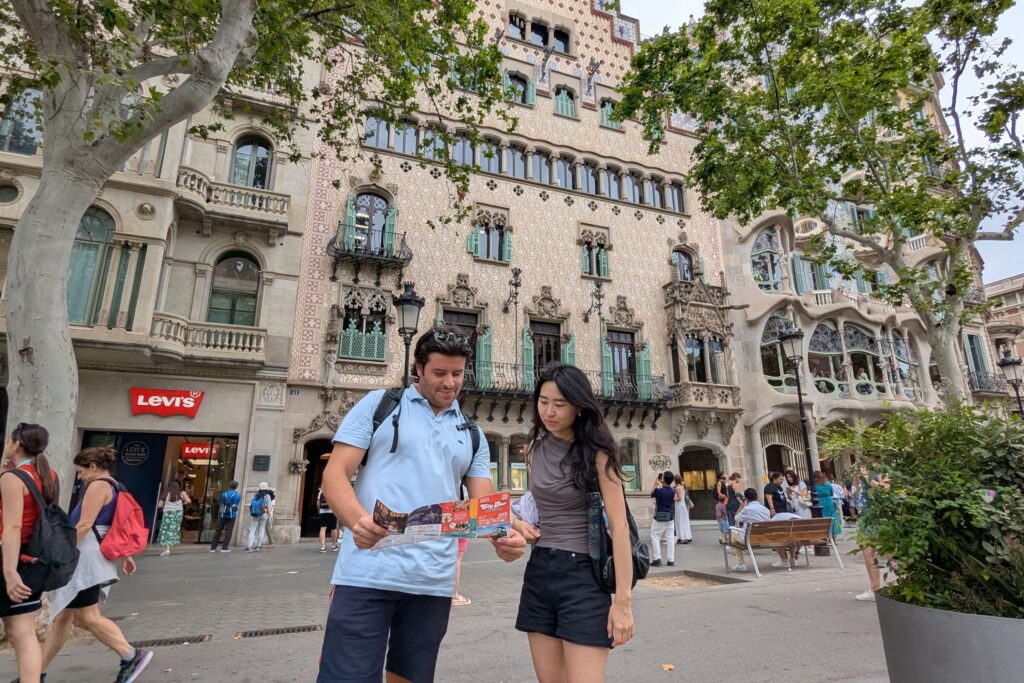
For shopping, the Simbòlic Casa Batlló store offers carefully curated items inspired by Gaudí’s work, from jewelry incorporating his architectural motifs to books about modernist design. The store has been recognized by Travel & Leisure magazine as one of the world’s best museum shops.
The Mercat de Sant Antoni, recently renovated while preserving its original iron structure, provides a modernist setting for browsing local produce and vintage items. Its design reflects the same principles of functional beauty that characterized Gaudí’s approach to architecture.
Pro Tips for a Gaudí-Lover’s Trip
Planning is essential for making the most of your Gaudí experience in Barcelona. Book tickets well in advance, especially during peak tourist seasons (summer and Easter). The Sagrada Família and Park Güell have timed entry slots that often sell out weeks ahead.
Consider visiting sites at different times of day to experience how natural light transforms Gaudí’s work. The Sagrada Família’s interior is particularly spectacular in late afternoon when the western sun illuminates the stained glass windows. Park Güell is best visited early in the morning or late afternoon to avoid midday crowds and harsh lighting for photography.
Wear comfortable shoes, as you’ll be doing considerable walking, often on uneven surfaces. Many of Gaudí’s buildings feature curved floors and unusual spatial arrangements that can be disorienting for some visitors.
For photography enthusiasts, avoid using flash inside buildings, as it’s usually prohibited and unnecessary. Gaudí designed his interiors to work with natural light, and modern cameras perform well in these conditions. The best exterior photos are often taken from across the street to capture entire facades.
Plan Your Perfect Gaudí Adventure
A well-planned Gaudí itinerary allows you to experience the full scope of the architect’s genius while managing practical considerations like crowds and travel time between sites. Consider this three-day approach:
Day 1: Passeig de Gràcia Focus
Begin with Casa Batlló when it opens to avoid crowds, then walk to Casa Milà for a mid-morning visit. Spend the afternoon exploring the surrounding Eixample neighborhood’s modernist architecture, including works by other contemporary architects.
Day 2: Sacred and Secular
Start early at the Sagrada Família, allowing at least two hours to fully explore the basilica and museum. In the afternoon, visit Park Güell, timing your arrival to catch the golden hour lighting on the mosaic benches and city views.
Day 3: Hidden Gems
Explore Casa Vicens in the morning, then venture to Colònia Güell or Torre Bellesguard for a quieter encounter with Gaudí’s work. End with Palau Güell, whose central location makes it easy to combine with dinner in the Gothic Quarter.
TecTickets offers convenient skip-the-line access to all major Gaudí sites, allowing you to focus on experiencing the architecture rather than managing logistics.
Barcelona Through Gaudí’s Eyes
Exploring Barcelona through Gaudí’s work reveals not just the vision of a single architect, but the story of a city that embraced innovation and creativity. Each building represents a moment in both Gaudí’s artistic development and Barcelona’s transformation into a modern European capital.
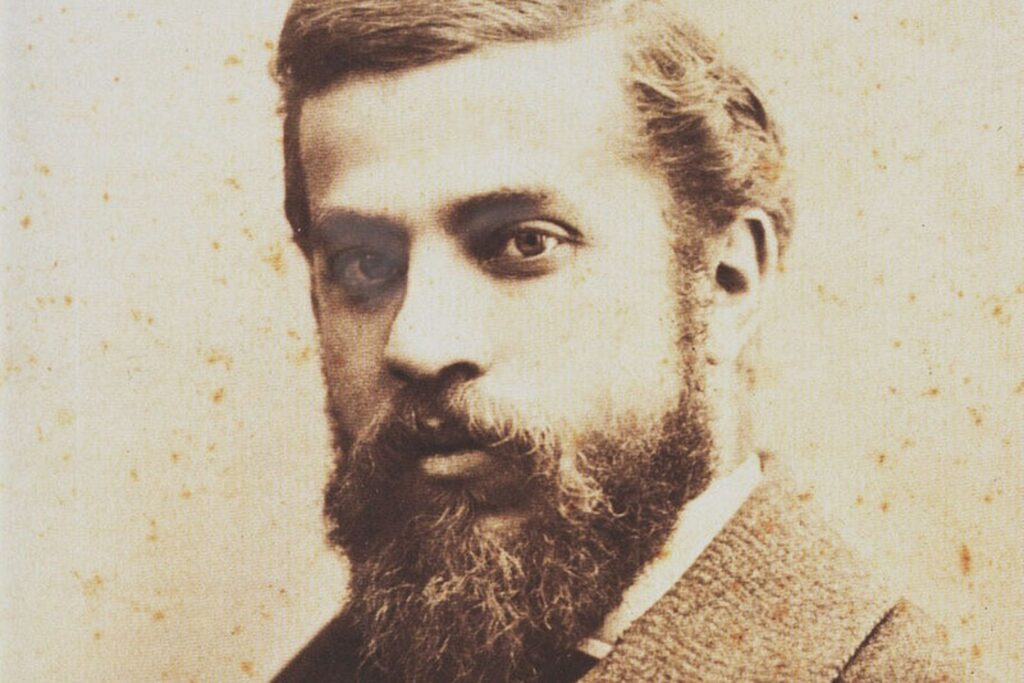
What makes this journey truly special is how Gaudí’s architecture continues to inspire and surprise, more than a century after its creation. His buildings aren’t museum pieces frozen in time—they’re living spaces that continue to function and evolve, housing residents, hosting events, and welcoming millions of visitors who come to experience architectural genius firsthand.
Whether you spend a day or a week exploring Gaudí’s Barcelona, you’ll discover that his influence extends far beyond individual buildings. His philosophy of harmonizing human needs with natural forms has influenced generations of architects and continues to offer lessons for creating spaces that nurture both body and spirit.
Take time to sit quietly in these spaces, to notice how light moves across surfaces throughout the day, and to appreciate the countless details that reveal themselves only to careful observers. This is how Gaudí intended his work to be experienced—not rushed through, but savored like a fine wine or a beautiful piece of music.
Barcelona is Gaudí’s city, and after visiting his masterpieces, it can become yours too.


